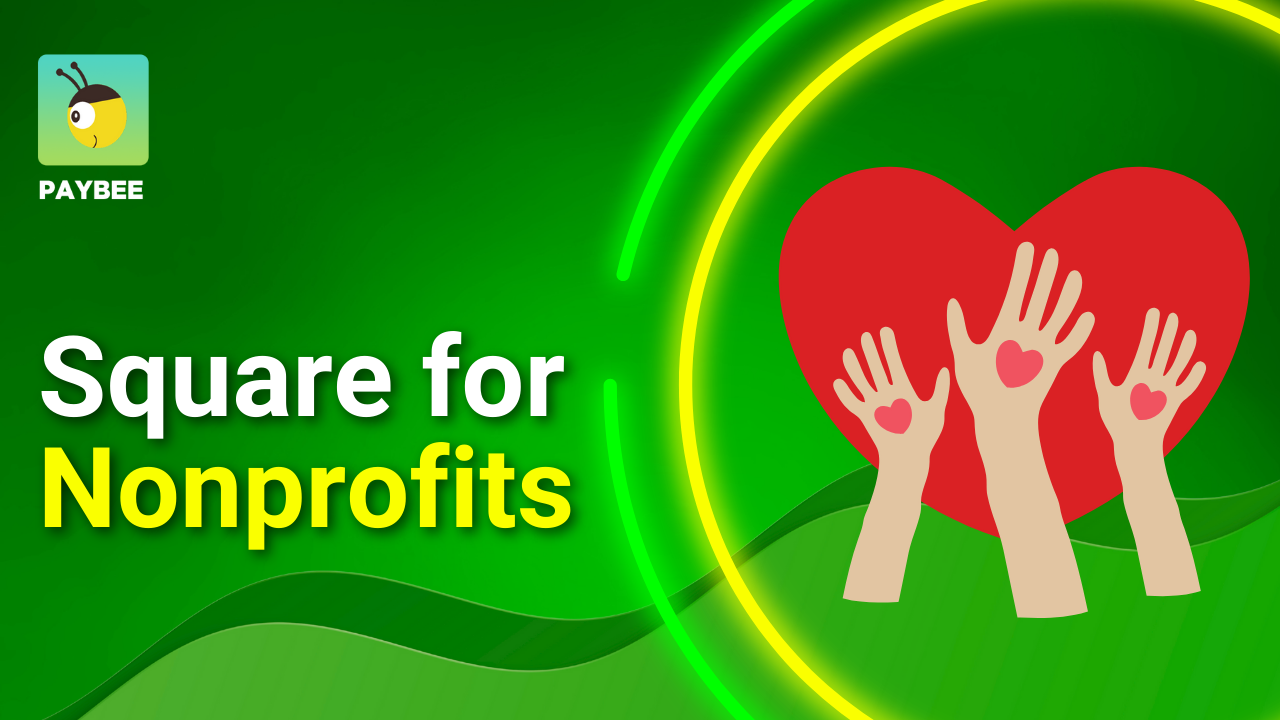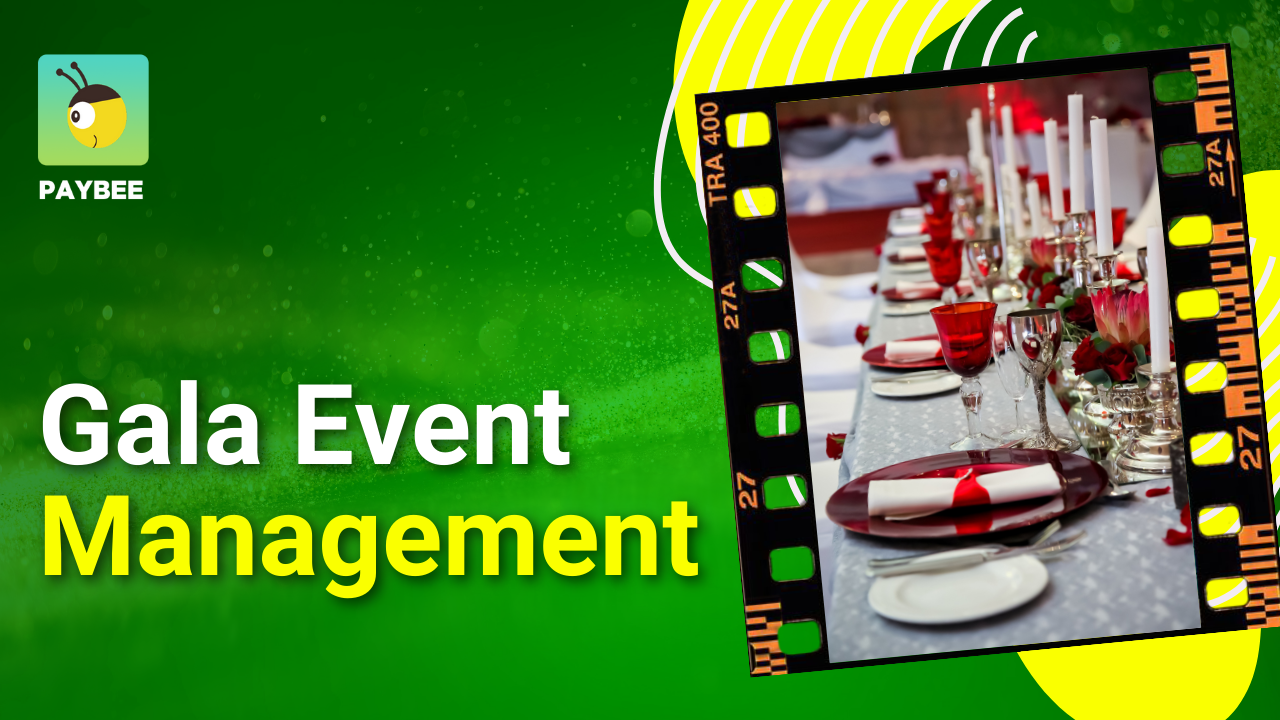
What is a Principal Gift and How to Secure Them for Your Nonprofit Charity
What is a Principal Gift and How to Secure Them for Your Nonprofit Charity
Principal gifts are large donations from major donors that can have a significant impact on your nonprofit as far as staying sustainable and effective. These gifts are typically given by individuals who share a strong connection to your mission and want to make a lasting impact. In today’s economy a principle gift is considered any donation above the $1 million mark and ‘mega’ gifts are those that exceed $10 million.
Most principal gifts take the form of a large one time donation and can even be spread out for a certain time frame through planned giving. Often times these large donations aren’t in the form of cash and are gifts of stocks, real estate, land, or other forms of valuable assets like artwork or even rights to music or books. This will depend on the donor’s preference and how their wealth is distributed. Some donors may also include in kind gifts like offering their professional services or resources.
Principal gifts can be designated for specific purposes, such as funding a large project, endowment, or capital campaign, or they may be unrestricted, giving the nonprofit flexibility in how they use the funds. Many principal donors prefer to remain engaged with the nonprofit, so these gifts may also come with opportunities for recognition, naming rights, or special involvement in the organization’s work.
The Role of Principal Gifts in Nonprofit Growth
Principal gifts have the power to transform a nonprofit's ability to grow and have a lasting impact on their cause. These gifts can give you the opportunity to fund large scale projects that would otherwise be out of reach. That means you’re able to take on more ambitious initiatives whether they are expanding programs, building new facilities, or launching important awareness campaigns to bring more attention to your nonprofit and cause.
But one of the most important reasons principle gifts are so important to any charity is their ability to provide long term stability. You are not required by law to spend the money, and you even have the ability to make investments in bonds or other assets that can pay a dividend and allow a constant stream of funds into your nonprofit. This allows your organization to have a strong financial foundation and plan for longer term goals that would otherwise be out of reach. This way you’re free to focus on your mission without the constant worry of funding shortages.
In addition, principal gifts serve as a powerful signal to other potential donors. When a nonprofit receives a large and transformational donation, people and even foundations often take notice. It demonstrates the organization's credibility and the impact your having and ends up attracting even more funding and support. So while these types of donations may take some planning and work to secure, they are transformative and should be part of your overall long term fundraising strategy.
Identifying and Cultivating Principal Gift Donors
When it’s time to begin forming a meaningful relationship with your prospective high value donors, the key is knowing where to start and how to keep the connection you make with them alive. So, how do you identify them and inspire their long term support for your cause?
Pinpointing Potential Donors
The first step is research. High net worth donors are often involved with more than one charity, and they leave a trail through their giving history, volunteer work, or involvement in similar organizations. Using tools like donor identification platforms can help you research your prospects and sort through who has the means to make a substantial gift.
Never overlook your current donor base. Some of your most loyal supporters may have the ability to give at a higher level if approached in the right manner. Review your own supporter’s donation trends and engagement history to uncover these hidden gems. See what they’ve donated to your own cause and if they have increased their donations and frequency over time. This is a great sign they like the work you’re doing and are looking to stay a while.
Once you have a few potential donors, the next step is to see how well your own mission aligns with their personal beliefs. If someone has donated considerable funds to a local animal shelter and you run a wildlife conservation charity, there’s a good chance your values align and you can use this knowledge as a way to personally connect with them. The point is, is to understand not just their wealth but also their passions. When someone feels strongly about a cause, it much easier to have them support that cause in some way.
Make It Personal
Now that you have a few names, it’s time to connect with them and introduce yourself and your organization. Forget mass emails or cookie cutter pitches. You want to make a sincere connection with these people based on your common interests, your mission. Have they attended one of your events? Mention it. Do you know they’re passionate about education? Highlight your work in that area.
Engaging directly, whether through a call, a handwritten note, or a face to face meeting is always going to be more beneficial in the end. People with deep pockets want to know who you are, if you have the ability and drive to go the distance, and can they trust you’re going to do the right thing with their money. And that means looking you or someone with clout in the eyes.
The biggest plus to making things personal is not only are you creating a relationship that hopefully grows over time, you’re also better understanding your donors and what drives them. Of course that makes it even easier to make your connections even more precise and cater to their own priorities.
Build Trust Over Time
True trust takes time! So don’t rush the process. High value donors aren’t one time contributors and they want to feel like partners in your mission and not just dollar signs. Show them what their contributions have done by sharing with them success stories and personal accounts. You can even invite them to go into the field with you so they can see first hand how important your work is and their funding so you can do that work. Again, this makes it personal, you’re building a real relationship without being pushy or aggressive. Track their giving patterns with your charity to see if they are increasing either their frequency, amounts or both. Any increase is a sure sign that you are building trust that lasts.
Show Genuine Gratitude
Anyone that supports your mission should be valued, high net worth individual or not. But going that extra step with these people is a great way to cement your relationship and land that transformative donation. So don’t underestimate the power of a simple “thank you.” A thoughtful gesture, a personal call or a tailored acknowledgment can mean more to someone than you’d expect. Truly authentic appreciation makes donors feel seen and respected and is one more wheel in the donor cultivation cycle. And if you’re thanking them in person, really feel it. People can often read your energy. So if you’re really being insincere, the chances are the person you’re speaking with is going to pick up on that.
Crafting a Principal Gift Strategy
A principal gift strategy is about creating opportunities for your organization to truly make a difference in the world. It's not just about raising money, it’s about connecting donors with something they deeply care about and aligning their passions with your nonprofit’s mission. Here’s how to approach it in a way that truly makes a difference.
Define Clear Goals
Before reaching out to potential principal donors, identify exactly what your nonprofit wants to achieve. Specific goals, like funding a new initiative or creating an endowment both provide a clear reason for donors to give. When you can articulate how a large gift will create lasting change, you invite donors to become part of something tangible, transformative and important.
Design Targeted Campaigns
Principal gift campaigns are not a one size fits all scenario. Each donor is a unique individual with their own interests and values. Your job is to research your potential donors thoroughly so you understand what makes them tick. Using tools like wealth screening and donor databases to understand their capacity to give and their philanthropic priorities can save time and speed up the process immensely.
Once you know their motivations, craft campaigns that speak directly to their interests. If a donor has supported educational programs in the past then you should be aligning your pitch with the impact your nonprofit makes in education. The same holds true in every scenario. The more you can speak directly to their own motivations, the better chance you have at gaining their support.
How to Ask for a Principal Gift
When the day of the ask arrives, it’s important to be confident, clear, and focused on the donor’s potential impact. Start by expressing gratitude for the donor’s prior support or interest in your organization. Mention how important each of their donations were and what was accomplished because of them. Then move on to how they can make a bigger impact.
Clearly explain the purpose of the gift and its potential impact. Tie the contribution to a specific initiative or goal. For instance: “We’re looking to launch a program that will [state purpose, such as provide meals to 1,000 families each month]. With your gift, we could achieve this together.”
Be direct, yet respectful, when asking for the funding. Say specify the amount or type of contribution you’re seeking and ensure it aligns with their interests: “We’re hoping you would consider a principal gift of [$X or specific asset], which would [state the impact]. Would you be open to discussing how we can make this happen together?”
After making the ask, pause and give the donor space to respond. Be ready to answer questions or provide additional details about how their contribution will be used. If necessary, explain how your organization is able to accept other types of gifts in lien of cash. For example, land, real estate, stocks, bonds, art, copyrights are all plausible donations and can even have better tax outcomes for your donors. This flexibility allows your donors to contribute in a way that suits their circumstances while still making a significant impact for your charity.
Personalized Donor Engagement
Building relationships with high net worth donors takes time and effort. Start by listening. What motivates them to give? What outcomes do they want to see? Once you understand their point of view you can create a partnership and not just a transaction. Try sharing detailed plans for how their gift will be used and keep them informed every step of the way. Show them videos of their dollars in action, or letters and stories from those you’ve impacted so they can see how their contribution is going to good use. Transparency builds trust and trust turns one time donors into lifelong supporters.
Execution That Delivers Results
When a principal gift comes through, it’s very important that you follow through on every promise made when courting your donors. Show your results quickly and clearly. Share updates with your donor and celebrate milestones together with a call or over dinner. This isn’t just about gratitude, it’s about proving that their contribution has real and measurable impact. These moments of follow through often pave the way for even greater involvement in the future, plus a glowing recommendation to all of their family and friends.
Conclusion and Call to Action
Although securing a principle gift make take some time and effort, the amount of funding that can come from just one gift can help keep your organization operational for years to come. So it’s definitely worth the investment. Start by identifying donors with the potential to give principal gifts and engaging them in meaningful ways like we spoke about above. Leverage your board members’ networks to create connections and don’t hesitate to invest time in personal conversations with your own database of supporters. Every step toward implementing a principal gift strategy strengthens your nonprofit’s ability to thrive. The key is to approach donor engagement with authenticity, clear goals, and a commitment to creating lasting change.
FAQs on Principal Gifts
Q: What is the best way to approach major donors for a principal gift?
A: Start by building an actual relationship first. Find out what drives them to support a cause and then share your vision and align it with their values. Use a personalized and respectful approach that clearly outlines the impact their gift will make.
Q: How do I build relationships with major donors over time to secure principal gifts?
A: Stay in contact with them as much as possible. Try to motivate them to become more involved with your organization whether through volunteer work, making more donations or just visiting some of the places you've had real impact. Let them see themselves as being involved in something important and bigger than themselves.
Q: What are common mistakes nonprofits make when soliciting principal gifts, and how can I avoid them?
A: Mistakes include lack of donor research, impersonal approaches, and unclear communication of impact. Avoid these by personalizing your outreach, being transparent, and focusing on relationship building.
Start Fundraising






